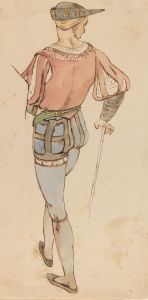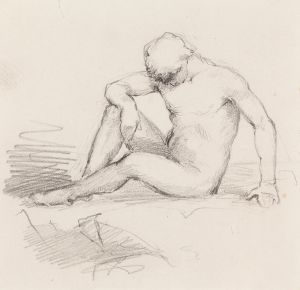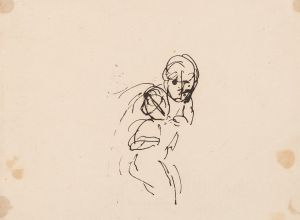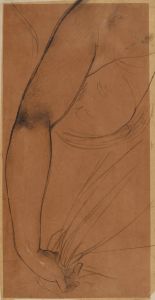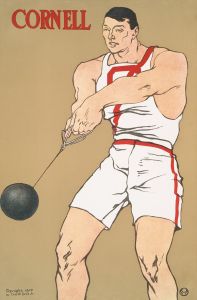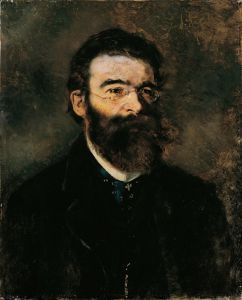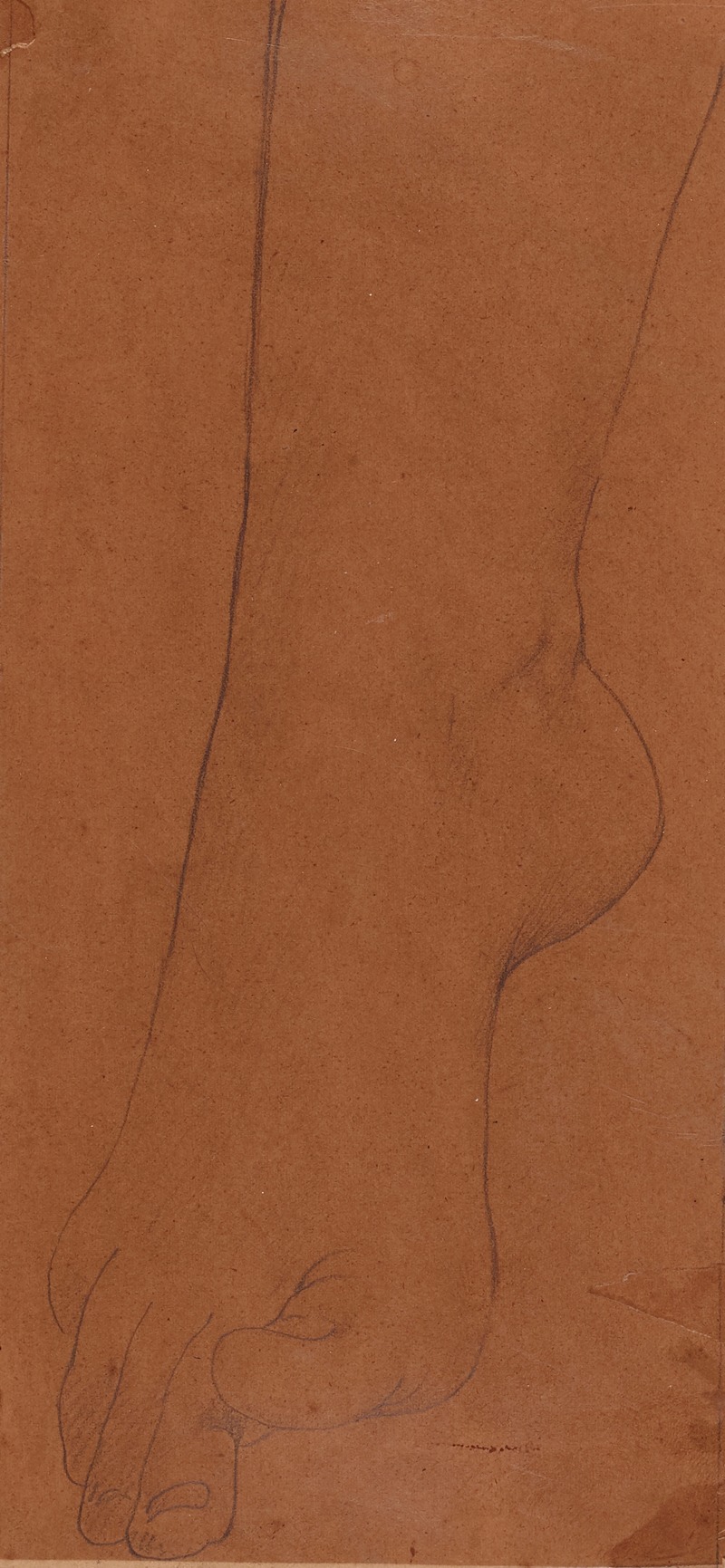
Etude de pied
A hand-painted replica of Jules Joseph Lefebvre’s masterpiece Etude de pied, meticulously crafted by professional artists to capture the true essence of the original. Each piece is created with museum-quality canvas and rare mineral pigments, carefully painted by experienced artists with delicate brushstrokes and rich, layered colors to perfectly recreate the texture of the original artwork. Unlike machine-printed reproductions, this hand-painted version brings the painting to life, infused with the artist’s emotions and skill in every stroke. Whether for personal collection or home decoration, it instantly elevates the artistic atmosphere of any space.
Jules Joseph Lefebvre, a renowned French academic painter, created "Étude de pied" (Study of a Foot) as part of his dedication to the study of the human form. Lefebvre, born in 1836 and active during the 19th century, was celebrated for his meticulous attention to detail and his mastery of anatomy, which he often showcased in his works. He was a prominent figure in the French academic art tradition and a professor at the École des Beaux-Arts in Paris, where he influenced many students with his teachings on classical techniques and the human figure.
"Étude de pied" is a study piece that exemplifies Lefebvre's commitment to academic rigor and his focus on the accurate representation of the human body. Such studies were common among academic artists of the time, as they sought to perfect their understanding of anatomy through detailed renderings of individual body parts. This particular work focuses on the foot, capturing its structure, musculature, and subtle variations in tone and texture. The piece reflects Lefebvre's skill in rendering lifelike depictions and his dedication to the principles of academic art, which emphasized precision, realism, and the idealization of the human form.
While "Étude de pied" is not as widely known as some of Lefebvre's larger works, such as his portraits and full-figure compositions, it serves as a testament to his technical expertise and his methodical approach to art. Studies like this were often used as preparatory exercises or teaching tools, helping artists refine their skills and better understand the complexities of the human body.
Jules Joseph Lefebvre's contributions to art extended beyond his own creations; he was also a highly respected teacher who mentored numerous students, many of whom went on to achieve prominence in their own right. His works, including studies like "Étude de pied," continue to be appreciated for their technical excellence and their role in the broader context of 19th-century academic art.
No further specific historical details about "Étude de pied" are widely documented, and its current location or provenance is not definitively established in available sources.





